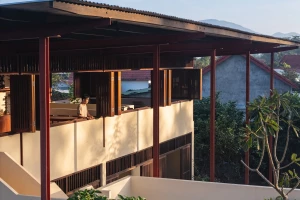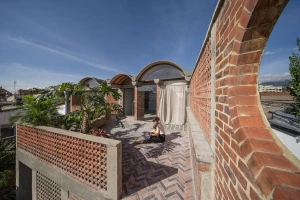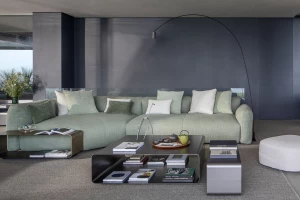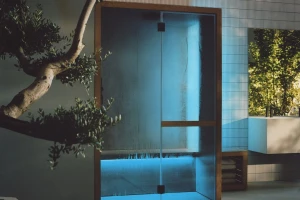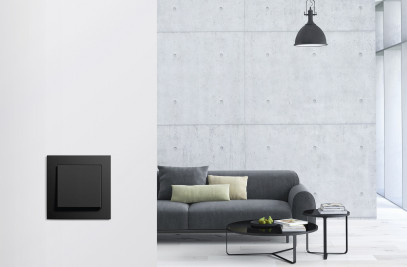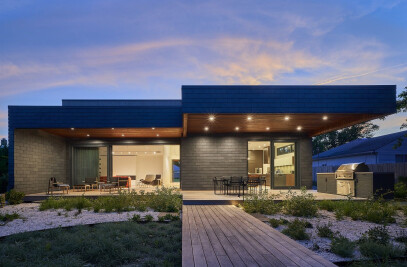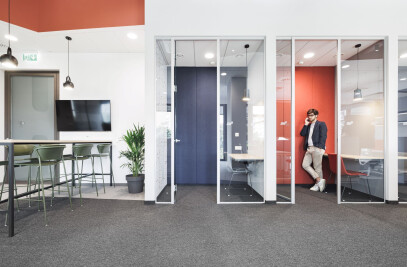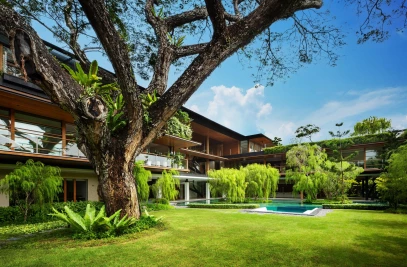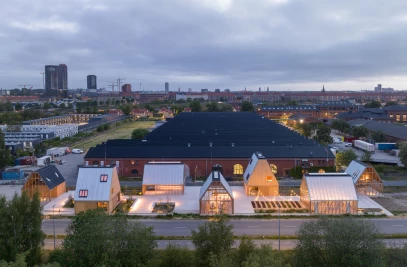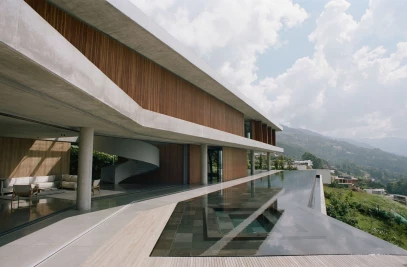In the city of Heidenheim, Max Dudler’s Stadtbibliothek Heidenheim presents a compelling form with its abstraction of a city skyline. The new library extends from the historic Old Town to the East, a new build area of the city characterised by a post-war architectural style.

Situated on the previously inaccessible property of a formal penal institution, which itself served to amplify the lack of connection between the new and old town, the library helps to connect the urban fabric. Between the two ‘heads’ rising into the sky spans an urban landscape made up of smaller ‘houses.’ The transformation of the ‘organic’ city results in a sculptural structure, a type of urban silhouette that together with the neighbouring St Paul’s Church and the old town hall can be seen both as solitary object and integral part of the urban context.

The formulation of the new building refers directly to existing typologies of the Old Town area with its passages, squares and promenades. A new urban esplanade on the east side connects the library to the central bus station to the north with the Town Hall to the South.

The exterior façade is made up of light beige brick, the colour of which references the town’ Schloss Hellenstein. The handcrafted clinkers create an interplay of lighter and darker shades of beige across the façade. On the end sides of the building and the ground floor area, the masonry is perforated, allowing light to enter.

Inside, the building accommodates the city library, a café, an event hall, public media centre and a city archive. Located at the newly designed forecourt, the main entrance invites visitors into a foyer that spans the building’s entire height. Various other functions reveal themselves from here with a path leading to the library, a large event hall for approximately 160 spectators, and then the media centre. From the library at ground level, a generous staircase leads to the non-book area of the library on the first floor and the ‘promenade’ on the second floor, which connects five high-ceilinged reading rooms. The café at the southern end of the building is also accessible from the forecourt, forming another hub of activity.

The library itself is a column-free space that extends the entirety of the second floor and forms the building’s distinctive silhouette. A series of high library halls and low cabinets result in an engaging sequence of rooms, which via the more than 110-meter-long promenade can be experienced at a glance. A reading terrace on the top floor invites visitors to enjoy the outdoors.










